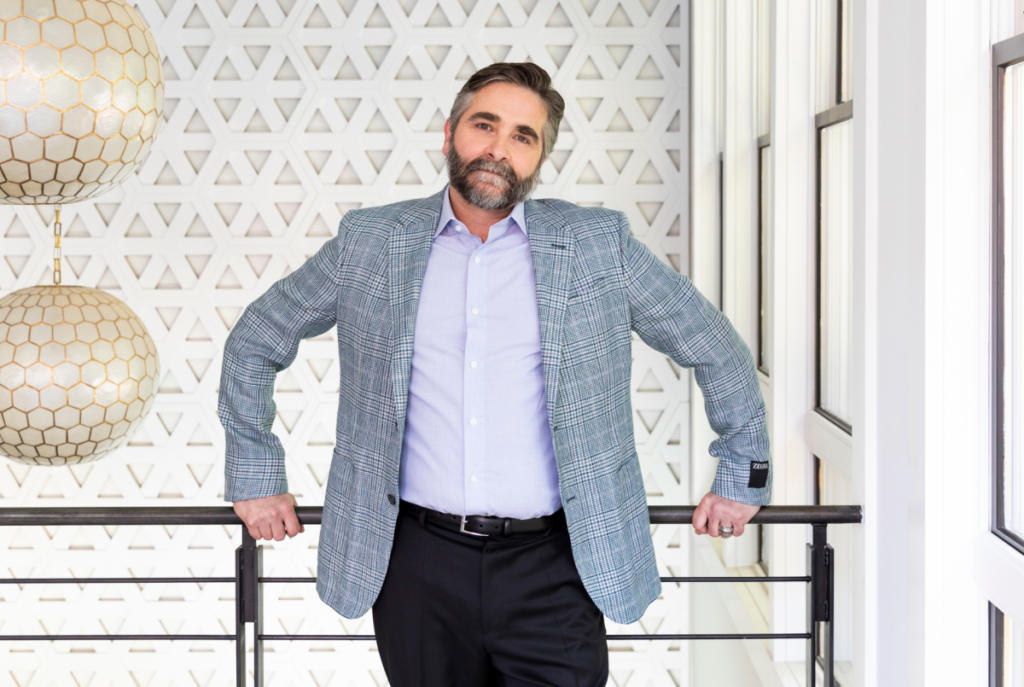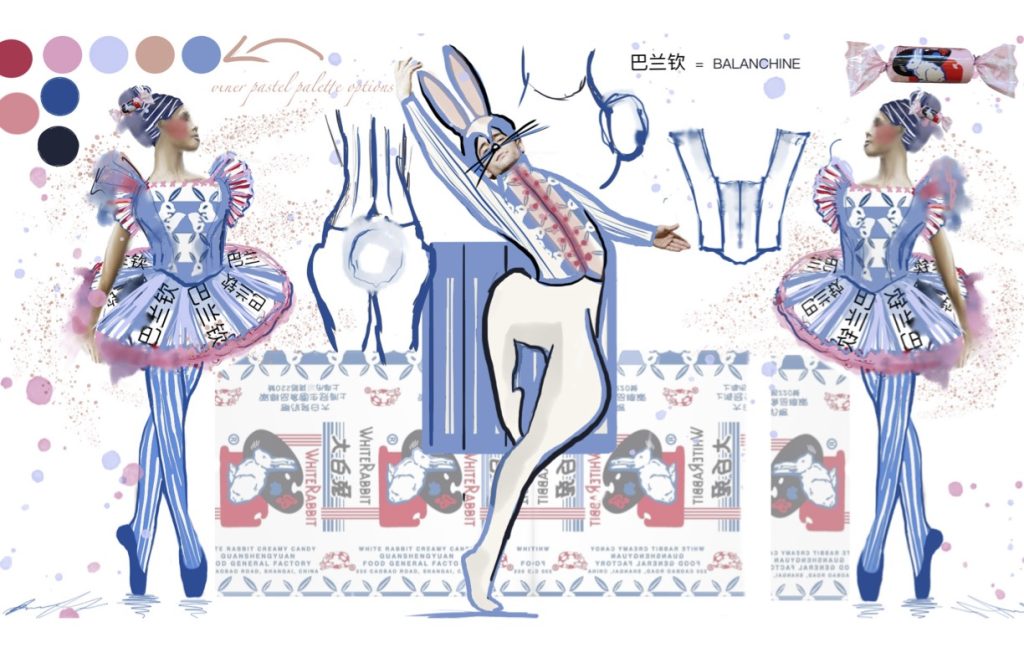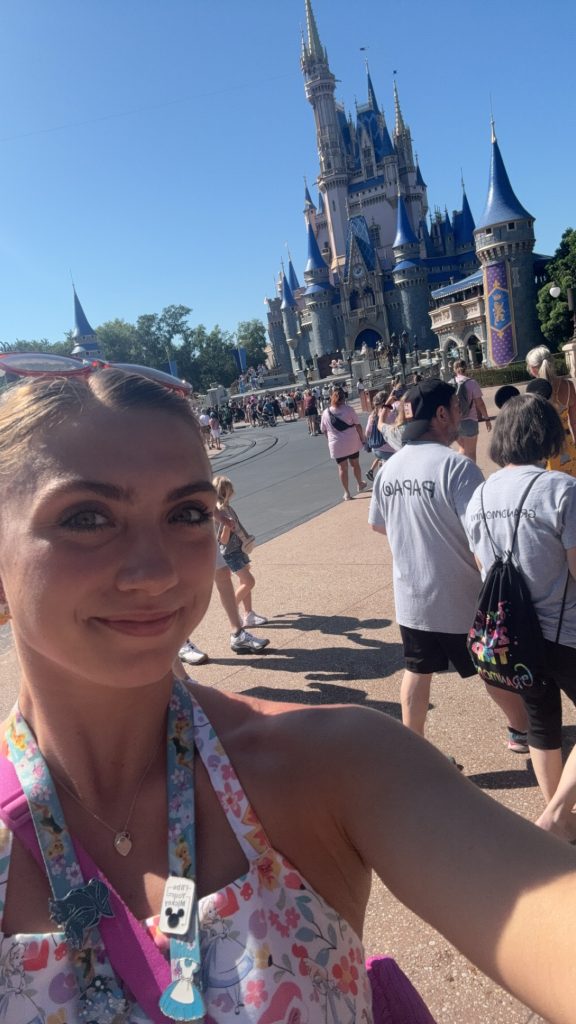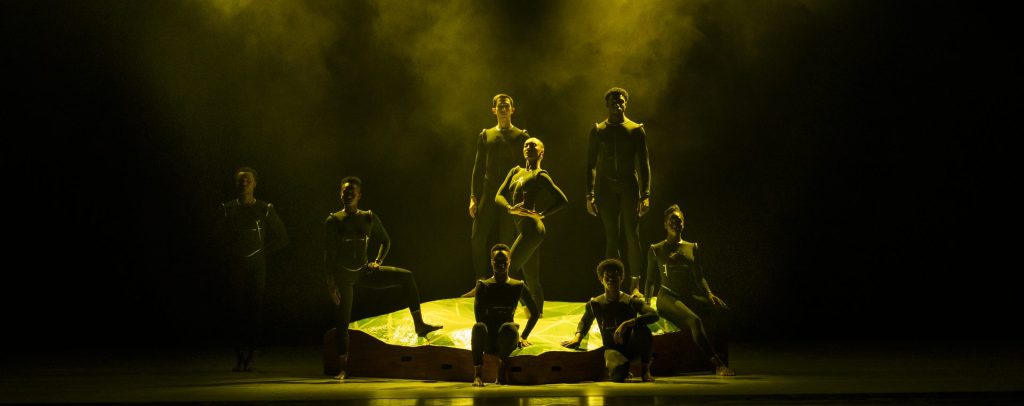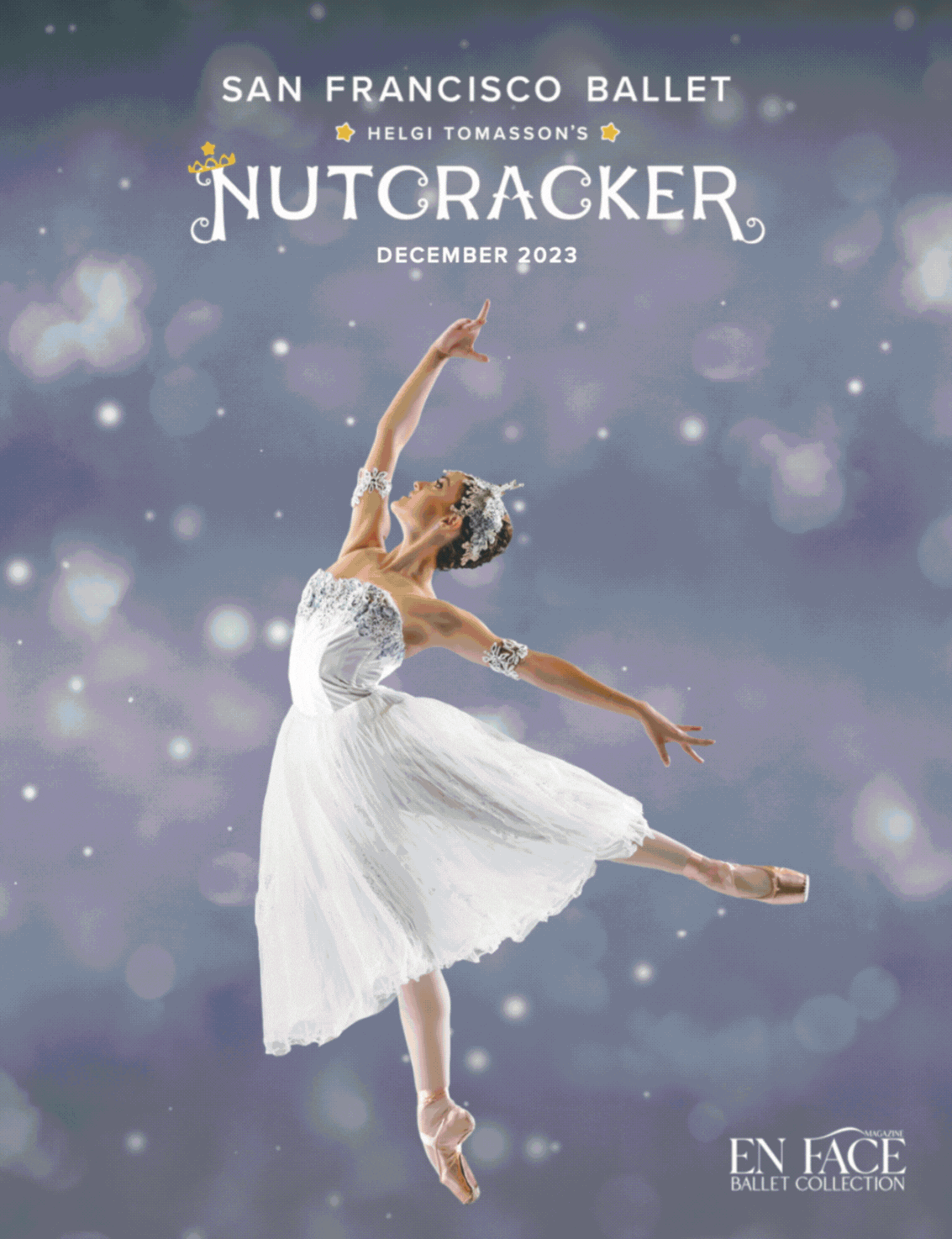Houston Ballet Artistic Director Stanton Welch AM. Photo by Julie Soefer Photography (2023). Courtesy of Houston Ballet
Since assuming the role in 2003, Welch has elevated the company’s classical technique, broadened the dancer roster, taken Houston Ballet on tours across the globe, commissioned new works from internationally renowned choreographers, and personally crafted numerous ballets, including a standout rendition of The Nutcracker.
As we celebrate this incredible legacy, join us for a conversation with the Houston Ballet Artistic Director as we reflect on how the past 2 decades have not only shaped the company, but Stanton himself.
Alanna Love: This season is your 20th anniversary with Houston Ballet. Congratulations! Let’s begin by going back to the beginning of that adventure. It’s 2003 and the amazing Ben Stevenson, who had been the head of the company since 1976, has stepped down and handed you the reins.
The company you stepped into was very focused on new works and new choreographers, and that was an emphasis you wanted to continue to invest in. How has Houston Ballet grown in this area since then? And in what ways has the company expanded and developed under your guidance and choreographic endeavors?
Stanton Welch: We’ve certainly been continuing to create new one-act and full-length works, a creative process that will always ebb and flow to some degree. That’s where we can push ourselves to create more, to make more. And in the last year or so we have been escalating to doing approximately three one-acts a year.
A lot of that has to do with the opportunity that young people have in the school, access to a variety of choreography, and the chance to make stuff with people. That funnel leads all the way through our school program into the company. The way we can make it better is to continue it. All the young artists in our community need as much exposure to everything as possible. That’s a part of our jobs too—making sure that there’s a lot of spice and variety.
AL: Speaking of that spice and variety, are there specific works from the past 20 years that you’ve commissioned and found particularly exciting, beloved to you, or ones that you believe shook things up in a new way?
SW: I love all of them; it’s hard to pick a favorite. But I certainly love the fact that we’ve had people like Mark Morris, Justin Peck, Annabelle Lopez Ochoa, and some of the leaders in dance come to create work uniquely on our dancers.
In dance, developing new work is one of the only ways you get to leave a fingerprint in our art form so that you’re a part of something that is created. And that creation lasts forever. How exciting is it that your name becomes connected to that work through history. Those works created on Houston Ballet are my favorites because it’s great to see them have life in other companies. They get performed all around the world, and whenever others talk about them, they talk about us and our dancers.
AL: Can you share more about your choreography and the body of work you’ve produced over the last two decades, both in Houston and globally? Is there a particular piece that stands out as significant in your choreographic career?
SW: Well, they’re all big in different ways. I think a milestone would certainly have to be The Nutcracker, because I’d never worked on a project that big or that expensive before. A work that can develop the company, develop the dancers, develop the school. With Nutcracker, you aren’t making something that [someone could see] once and then not come back to for three years; you are making something that they want to return to every single year. So that felt like a milestone to me.
But I certainly think that the one that I’m working on currently is always the one most in my focus. Right now that is a work set to Tchaikovsky’s Piano Concerto No. 1, a big, famous piece of classical music. It’s a full company piece—there’s a huge ensemble of 20 women and 16 men and then I think it’s 4 couples and principal leads doing very technical, virtuoso, musical, classical ballet. I’m so excited.
AL: You have created many new works over the past two decades, how do you feel that your choreographic style has changed from when you first took over Houston Ballet?
SW: Hmm… there are definitely changes. But you’re not always aware of it. I think I can see change in myself when I look back, but it’s hard to see it in the moment.
When I did freelance when I was younger, I was a little bit more selfish, emphasizing that this is the ballet I need to make or that I want to make. Now I’m more parental. As a choreographer, and definitely as a choreographic director, you have a very different level of responsibility. I’m now thinking about pushing my work in different ways for different reasons. I’m thinking, “What does the company need, and how can I do that?” That doesn’t make it less creative, it’s just a different way of finding it.
AL: The past 20 years as artistic director have shaped not only your choreographic style but your leadership style too. What was your initial approach to leadership and how has your style evolved since you first assumed the role of Artistic Director?
SW: Well, I really wanted to be very respectful of Ben and of his legacy as Artistic Director. So upon taking over, I didn’t want to create a right angle. Sometimes you see directorships turn into, “I’m going to do everything the opposite of what was before,” instead of saying, “Look, this was really working well, what can I do to enhance it?” So that was the beginning.
And the last three years through COVID have been a real change for all of us in our industry. We were really in a place of not knowing what was going to happen.
And we’re not out of that yet. I was just thinking last night that we’re a year and a half from coming back from COVID, and it’s going to take us a long time to get over the PTSD of that.
AL: That intention and the effort you have put into the company is clear to see, even in the midst of COVID plot twists which resulted in so many new responsibilities. Now you have a new Co-Artistic Director to share the journey with as Julie Kent joins you. What’s it like having someone to share that workload with you now, and how do you expect this relationship to develop?
SW: Social media and all that means that our jobs now are 24 hours a day, seven days a week. We can never avoid reading the thing when it comes through, and it can be in the middle of the night, because different countries are doing different things at different times.
So it’s great to share. Even just to share the tension, to share the conversation. All of that is wonderful.
There’s a comfort with her being onstage with me as well, because there’s two of you and you’re both making the thing occur.
It is still high responsibility, but it’s a little bit different. I’m a shy person. I don’t enjoy public attention. So I really love being able to step out of that a little bit and be more of my introvert self. Because I feel more creative there than I do when I’m in the front, if that makes sense.
AL: In the past two decades there are many milestones that you and Houston Ballet have reached together. What are some of these key events and accomplishments that have defined the organization as a whole during the past 20 years?
SW: The Margaret Alkek Williams Center for Dance for sure. I really do think that it’s the best dance building in America, if not one of the top in the world. We built it with true philanthropy and without being in debt. We raised the money, we paid the thing off, and we did it. That is something we should all be tremendously proud of.
The company has grown in the last 20 years from 50 dancers to 61 dancers. That’s slow, but it’s growth.
Our touring circuit. Before COVID, our touring had really started to be nearly every year at a couple of international venues. Hopefully that will pick back up. We went to Japan last year with the full company and we did four shows of Swan Lake. That’s one of our biggest ballets in one of the most important dance cities in the world. That was an achievement.
And when I look at the organization and see the female choreographers that are coming up through the organization, and I see the BIPOC diversity of our organization and how that feels natural—we were doing this and fighting for that cause even before it became the topic of conversation that it is now. I’m very proud when I look at Houston Ballet at how diverse it is in gender, age, race, religion, everything. We’re a good melting pot and a representation of the diversity of Houston.
AL: As you stand on the precipice of another great chapter in Houston Ballet’s story, what is your vision for what the company can become in the next 20 years?
SW: Well, we’d love to do more shows. Currently we’re at about nine performances for a full length. But some other companies do closer to 12 or 15 performances.
I think it’d be great to do some more unique onsite projects in Houston, meaning we go to a different venue and we make something for that venue. Those sorts of onsite projects for a city or at least the state, I think, are very, very exciting.
We definitely have the population [to support these things]. As public transport develops in Houston, the outlying areas would have access to us. So that would be good.
And I would like to film us, Houston Ballet on the Wertham stage in its full glory. Because when we film ourselves, we’re always on tour. It would be great to show the world what Houston sees, which is this world-class theatre. I think it would blow a lot of minds and showcase the caliber and the quality of what we do.
And until the films are ready, come visit us at Houston Ballet! Leave your prejudice, drop all that nonsense you have in your head about what Texas is, and come down to see us because it is not what you expect. Not just ballet, but food, architecture, gardening, and the arts are flourishing here. I would love for everyone to get on the plane, come down, and spend a week with us.
Take Stanton Welch up on his invitation and celebrate this monumental season with Houston Ballet. Learn more about upcoming performances and purchase tickets here.
This interview has been edited for clarity.
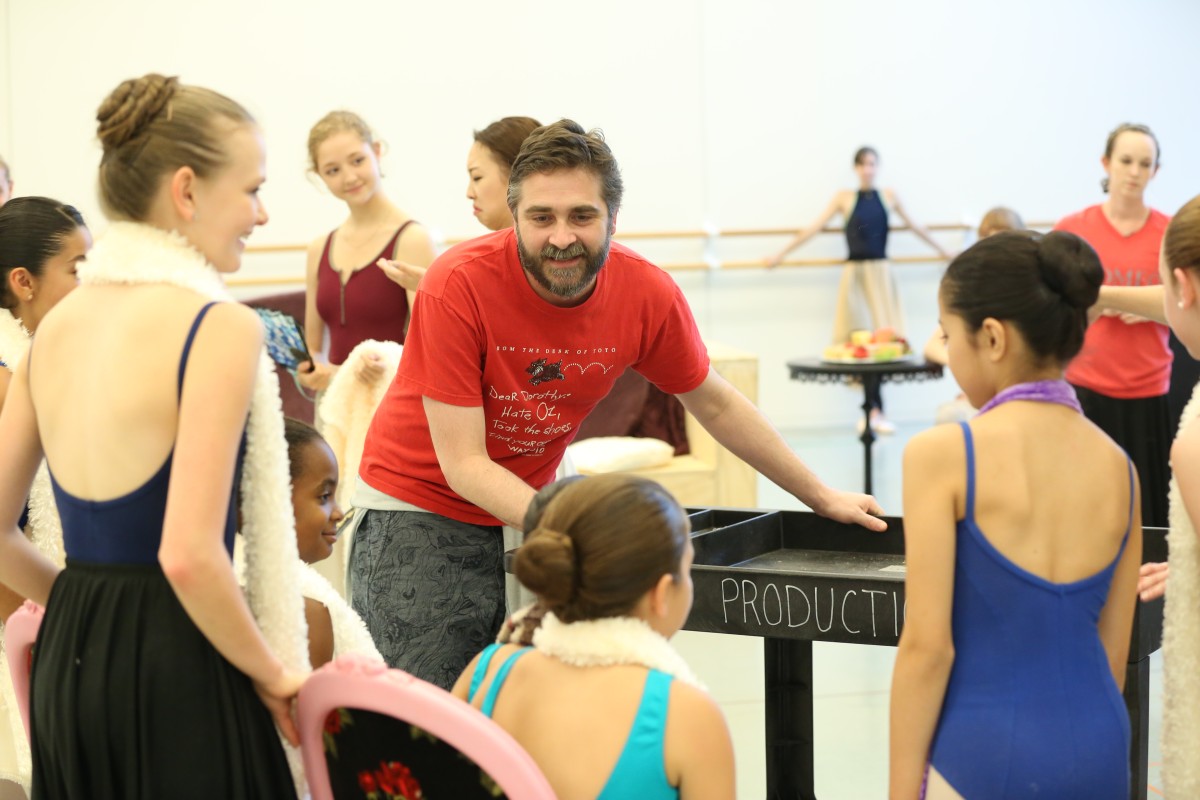
Houston Ballet Artistic Director Stanton Welch AM with Students of Houston Ballet Academy rehearsing. The Nutcracker.
Photo by Amitava Sarkar (2016). Courtesy of Houston Ballet.

